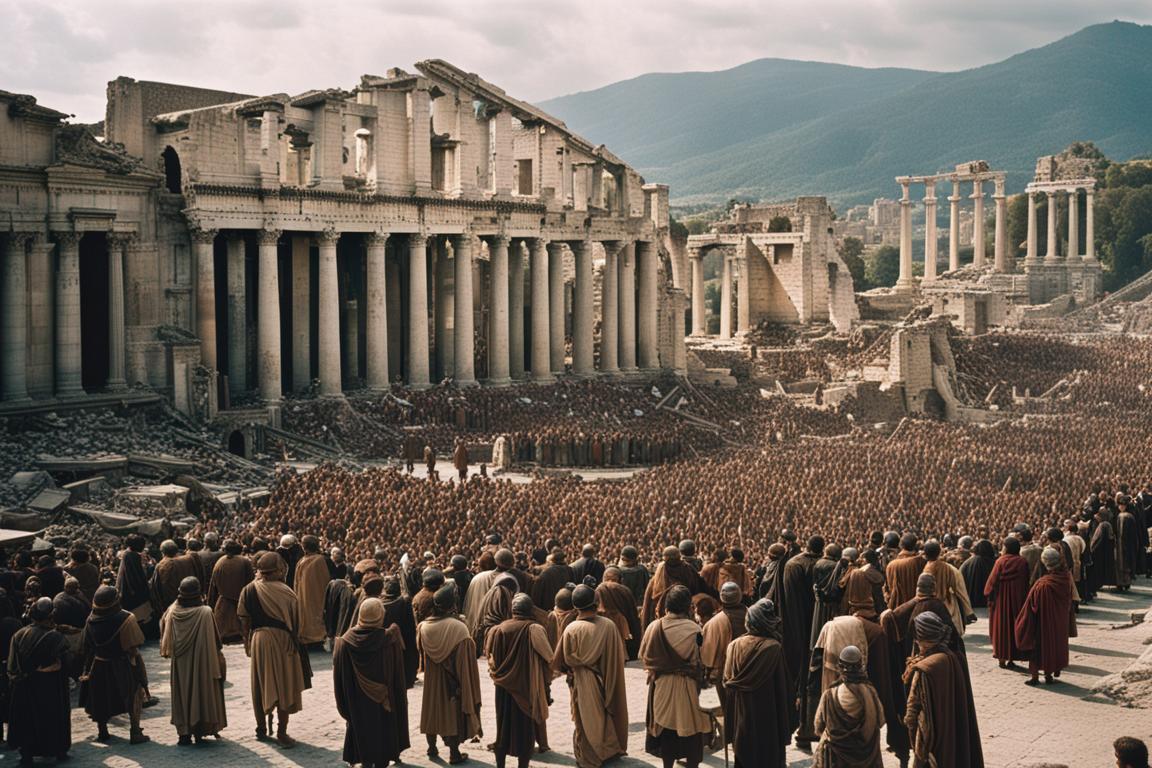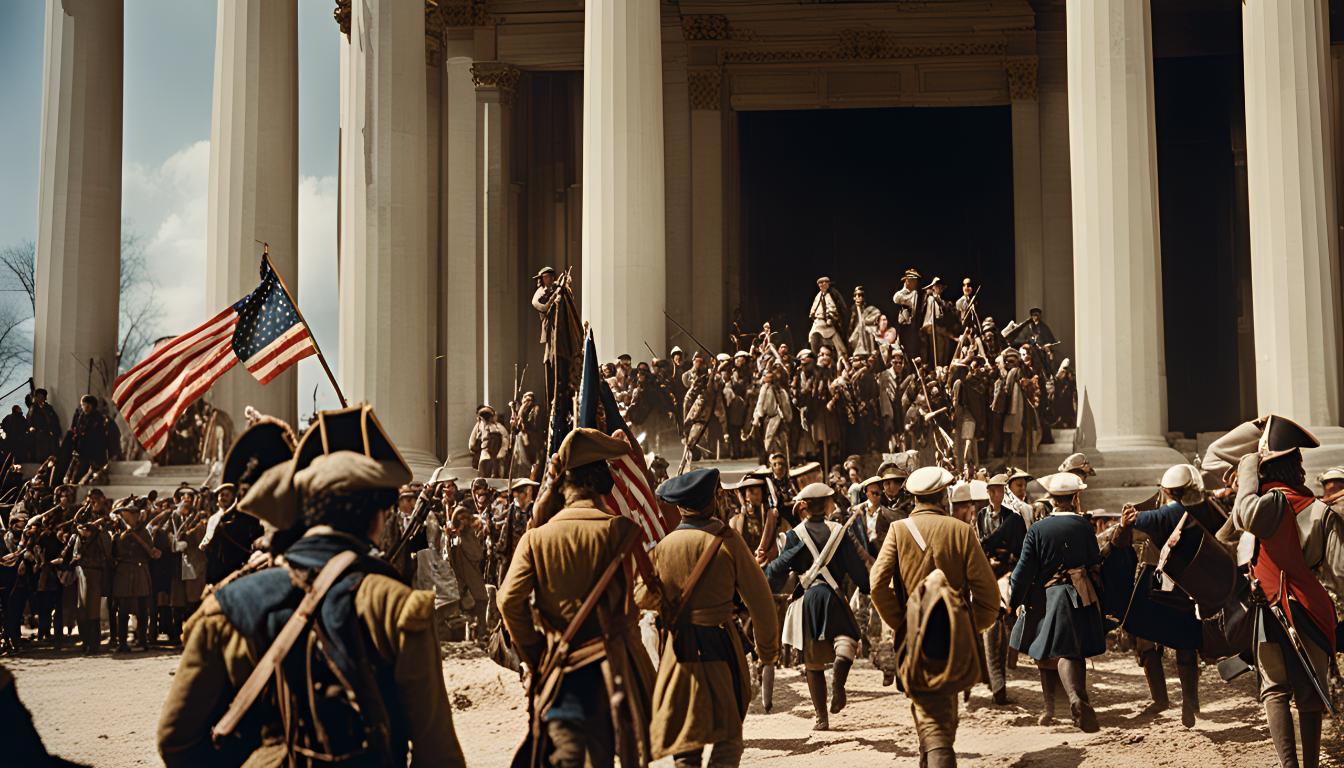Building upon the foundational concept of How Color Shapes Perception in Visual Storytelling, it becomes evident that understanding the psychological mechanisms behind color choices significantly deepens our ability to craft compelling narratives. While visual elements like color palettes are visually striking, their true power lies in how they evoke emotions, influence cognition, and ultimately shape viewer perception. This exploration connects emotional and cognitive responses to the broader perception of a story, emphasizing that psychological insights are essential tools for storytellers aiming to create immersive and meaningful visual experiences.
Contents
- The Role of Emotional Psychology in Color Selection for Narratives
- Cognitive Processes and Color Interpretation in Narrative Contexts
- The Influence of Color on Character Development and Archetypes
- Color Choices and Their Impact on Audience Engagement and Persuasion
- Deepening the Understanding: Non-Obvious Psychological Factors in Color Perception
- From Psychological Insights to Practical Application in Visual Narratives
- Bridging Back to the Parent Theme: How Psychological Foundations Enhance Perception in Visual Storytelling
The Role of Emotional Psychology in Color Selection for Narratives
Colors are powerful tools for eliciting specific emotional responses in viewers. For instance, warm colors like red and orange often evoke feelings of passion, urgency, or warmth, while cool colors such as blue and green tend to promote calmness, trust, or melancholy. Research in emotional psychology shows that these associations are rooted in both innate human responses and learned cultural meanings. For example, a study published in the Journal of Experimental Psychology found that red enhances feelings of excitement and urgency, which is why it is frequently used in marketing and storytelling to stimulate action.
Cultural and personal associations further complicate these responses. In Western cultures, white often symbolizes purity, whereas in some Eastern traditions, it is linked to mourning. Personal experiences also shape individual reactions; someone who has positive memories associated with a certain color may respond differently than someone with negative associations. Recognizing this variability allows creators to tailor color choices to their target audience, maximizing emotional impact.
A notable case study involves the use of color in animated films. Disney’s The Lion King employs warm hues like golden yellows and fiery reds during scenes of conflict and transformation, heightening emotional tension and engagement. Conversely, scenes of reflection or serenity often feature cooler tones, guiding the audience’s emotional journey intuitively.
Cognitive Processes and Color Interpretation in Narrative Contexts
The human brain processes color information through the visual cortex, where it is integrated with other sensory inputs to form a coherent understanding of a scene. This process is rapid; within milliseconds, viewers interpret color cues that influence their perception of mood and character. For example, high contrast color schemes can direct attention to focal points, enhancing narrative clarity. A well-known application is in comic book art, where contrasting colors emphasize emotional peaks and guide the reader’s focus effectively.
Color harmony—achieved through complementary or analogous schemes—also contributes to narrative comprehension by creating visual coherence. When colors are harmonious, viewers experience a seamless flow that supports immersion and understanding. Conversely, discordant color combinations can evoke confusion or discomfort, which can be strategically used to signal chaos or dissonance.
Subconsciously, colors influence memory retention. Studies indicate that emotionally charged colors are more likely to be remembered, helping reinforce narrative themes. This effect is harnessed in branding and film to embed core messages into the viewer’s subconscious, making color a silent but potent storyteller.
The Influence of Color on Character Development and Archetypes
Color symbolism plays a crucial role in character development. For instance, villains are often associated with dark hues like black or deep red, symbolizing danger or moral ambiguity. Heroes, on the other hand, are frequently depicted in bright, pure colors such as white or blue, representing virtue and trustworthiness. This visual shorthand supports viewers in quickly grasping character traits and moral alignments, even before dialogue or action provide explicit context.
Color palettes can also reinforce character arcs. A character starting in a dull, monochromatic environment may transition to vibrant hues as they evolve, visually narrating their growth or transformation. For example, in the film Amélie, the protagonist’s environment gradually shifts toward warmer tones, reflecting her journey toward happiness and love.
Cultural variations influence these associations significantly. In some cultures, red signifies luck and prosperity, while in others, it may symbolize danger or anger. Recognizing these nuances allows storytellers to adapt character color schemes appropriately, ensuring authentic cultural resonance.
Color Choices and Their Impact on Audience Engagement and Persuasion
Color psychology is instrumental in capturing attention and guiding focus within a visual narrative. Bright, saturated colors like red and yellow are effective at grabbing the viewer’s eye, making them suitable for call-to-action elements or pivotal story moments. Conversely, muted tones are used to create calm or seriousness, encouraging viewers to process information more thoughtfully.
Emotionally resonant color schemes foster empathy and emotional connection. For instance, warm hues can evoke feelings of intimacy, making audiences more receptive to character-centric stories. This strategy is evident in advertisements that utilize warm palettes to foster trust and warmth, leading to increased viewer engagement.
Strategic use of color also influences decision-making. In marketing, colors like red and orange stimulate appetite or urgency, prompting quick actions. In narrative contexts, color can subtly steer viewer attitudes, reinforcing themes or moral messages without overt exposition.
Deepening the Understanding: Non-Obvious Psychological Factors in Color Perception
Individual differences, such as personality traits and current mood states, greatly influence how colors are perceived and emotionally processed. For example, extroverted individuals may respond more intensely to bright, energetic colors, while introverts might prefer subdued tones. Research in psychology suggests that these differences can alter the effectiveness of a chosen color palette, underscoring the importance of audience analysis in visual storytelling.
Environmental and contextual factors also shape color perception. Lighting conditions, background colors, and even cultural context can shift how a color is interpreted. For example, a red hue in a dimly lit scene might evoke danger, whereas the same in bright daylight might symbolize vitality or celebration.
“Colors do not exist in isolation; their perception is dynamically shaped by individual psychology and environmental context, making color a complex yet powerful tool in visual storytelling.”
From Psychological Insights to Practical Application in Visual Narratives
Applying psychological principles to design effective color schemes involves careful analysis of the narrative goals and target audience. For example, a story emphasizing hope and renewal might utilize a palette of soft pastels and warm yellows to evoke optimism. Conversely, a thriller could employ stark contrasts of black and red to heighten tension.
Avoiding pitfalls such as cultural insensitivity or misinterpretation requires research into audience backgrounds. Testing color schemes through focus groups or A/B testing can help ensure the intended psychological effects are achieved. Incorporating subtle cues—like the use of muted tones during moments of introspection—can enrich storytelling without overwhelming viewers.
Integrating psychological understanding into storytelling techniques also involves balancing visual harmony with emotional impact. For instance, using complementary colors to create visual tension that mirrors narrative conflict enhances immersion and emotional resonance.
Bridging Back to the Parent Theme: How Psychological Foundations Enhance Perception in Visual Storytelling
Understanding the psychological underpinnings of color perception allows creators to craft narratives that resonate more deeply on emotional and cognitive levels. As explored earlier, strategic color choices influence not only immediate attention but also long-term memory and interpretation, contributing to a richer storytelling experience.
By intentionally leveraging emotional and cognitive responses through well-researched color strategies, storytellers can enhance perception, creating layers of meaning that invite viewers to engage more fully. This approach transforms color from a mere aesthetic element into a sophisticated tool for shaping perception, ultimately leading to more impactful and memorable visual stories.
In conclusion, integrating psychological insights into color choices is not just about aesthetics but about consciously guiding viewer perception to deepen engagement and understanding. As the foundation of visual storytelling, these insights empower creators to craft narratives that are both visually compelling and psychologically resonant.




